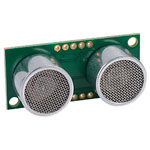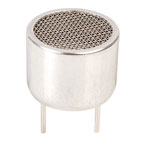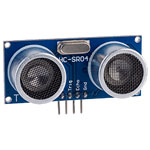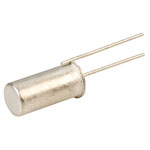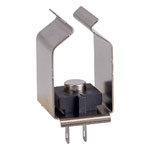Item added to basket:
{{AddedItem.TotalPriceText}}
-
Suggested Queries
- {{query}}
- {{suggestions.ScopedQuery}} in {{scope}}
-
Other Suggestions
- {{brand.contentName}} Brands
- {{tier.contentName}} Categories
- {{page.contentName}} Pages


